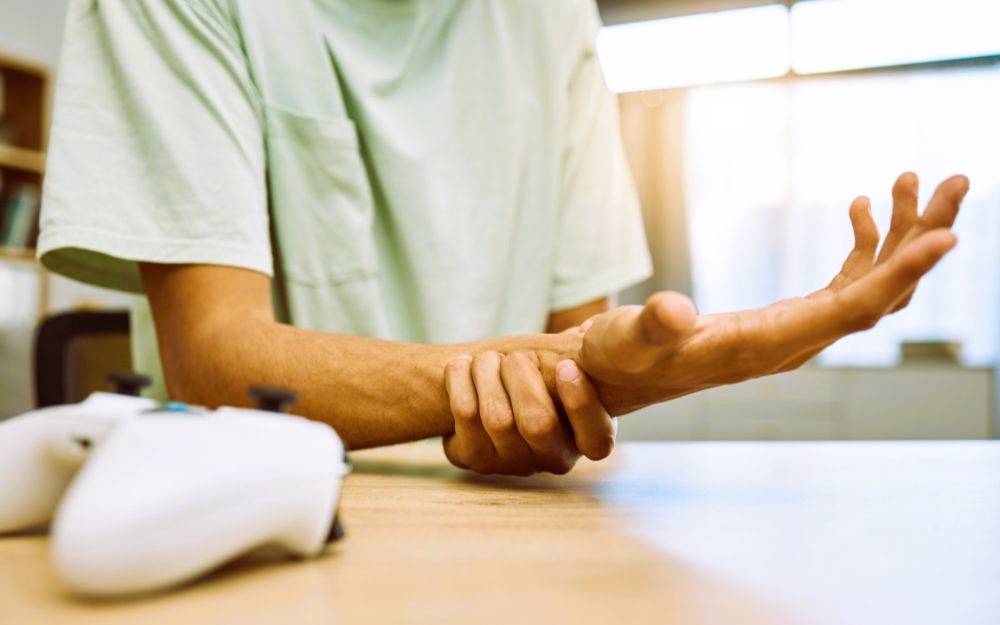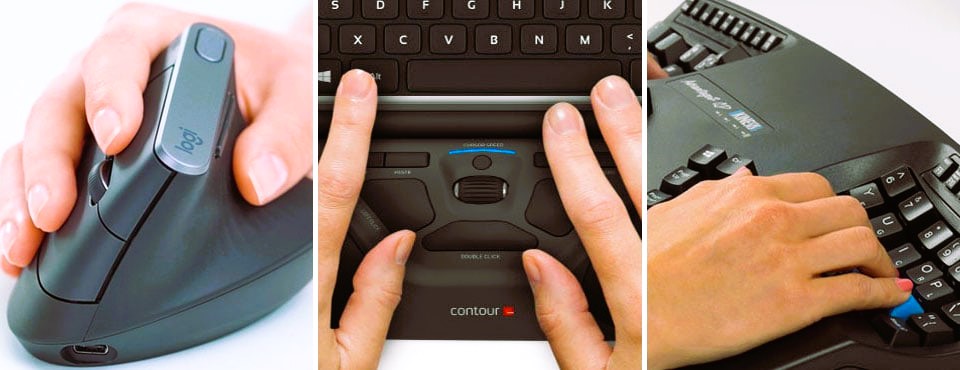Gaming has become an immersive experience that demands long hours of concentration and skill. Whether you are battling your way through a competitive multiplayer game or embarking on an epic RPG adventure, one of the most important factors affecting your gaming performance is comfort. Ergonomics—the study of how people interact with their environment—plays a crucial role in ensuring that your gaming gear not only boosts performance but also helps prevent injury. Improper ergonomics when using gaming mice and keyboards can lead to a range of repetitive strain injuries (RSIs) like carpal tunnel syndrome, tendonitis, and even chronic pain in your hands, wrists, and shoulders.
Understanding Ergonomics in Gaming Mice and Keyboards
Ergonomics in gaming gear involves designing products that promote comfort, prevent physical stress, and support natural body movements. Gaming mice and keyboards are essential tools for gamers, and understanding their ergonomic design features can help prevent injuries and discomfort during long gaming sessions.
Gaming Mice: The Right Fit
The mouse is one of the most frequently used tools when gaming, and an ergonomically designed gaming mouse can reduce strain on your hand and wrist. Here’s what to look for when choosing a gaming mouse:
- Shape and Size: Mice should fit comfortably in your hand. A good ergonomic mouse allows you to grip it naturally, whether you use a palm grip, claw grip, or fingertip grip. An overly large or small mouse can cause awkward hand positioning and result in discomfort over time.
- Buttons and Sensitivity: Ergonomic mice feature easily accessible buttons that reduce unnecessary strain on the fingers. Additionally, adjustable DPI (dots per inch) settings allow you to control the sensitivity of the mouse, so you don’t need to move your hand excessively to navigate the screen.
- Material and Texture: Mice with rubberized or textured grips provide a secure hold, preventing the need for excessive pressure on the hand. This reduces the chances of cramping or strain during extended sessions.
Gaming Keyboards: Ergonomic Features to Consider
When it comes to gaming keyboards, ergonomics is equally important. A good gaming keyboard should promote good posture and reduce strain on your wrists, arms, and shoulders. Here’s how:
- Split and Curved Keyboards: Some gaming keyboards come with a split or curved design that allows for a more natural typing position. These designs reduce the strain caused by bending your wrists at awkward angles.
- Key Travel and Actuation: Keyboards with shorter key travel (the distance the key moves when pressed) and lower actuation force (the pressure needed to register a key press) require less effort to press. This is ideal for preventing strain in the fingers and wrists during gaming.
- Wrist Rest: Many ergonomic keyboards come with wrist rests that support your wrists and keep them in a neutral position, preventing strain. These are especially helpful during long gaming sessions, providing additional comfort for your hands and wrists. Read more about how to organize your gaming process to improve your mental health here.
Preventing Injuries: Ergonomic Tips for Gamers

Even with the best ergonomic gear, it’s essential to maintain proper posture and take regular breaks to prevent injuries. Here are some useful tips for preventing gaming-related injuries:
- Adjust Your Setup: Your gaming mouse and keyboard should be placed at a comfortable height and distance, with your arms at a 90-degree angle. The mouse should be at the same level as your elbows to reduce strain on your wrists.
- Take Regular Breaks: Prolonged gaming sessions without breaks can lead to RSI. It’s essential to take short breaks every 30 to 60 minutes to stretch your hands, wrists, and arms. Even a minute or two of stretching can help reduce the risk of injury.
- Stretch and Strengthen: Regular stretching exercises for the wrists and hands can help maintain flexibility and reduce the risk of repetitive strain injuries. Strengthening exercises for the forearms and hands can also help prevent injuries by improving endurance and resilience.
- Posture Matters: Make sure your chair and desk are set up for proper ergonomics. Your feet should be flat on the ground, your knees at a 90-degree angle, and your back supported by the chair. This prevents overall body strain, especially in your neck, back, and shoulders.
The right ergonomic gaming mice and keyboards can make a significant difference in your overall gaming experience and health. By selecting gear designed to minimize strain and practicing good posture and regular breaks, you can prevent injuries and continue to enjoy gaming sessions without discomfort.
For more information about ergonomic principles in gaming, check out Wikipedia’s article on Ergonomics.

